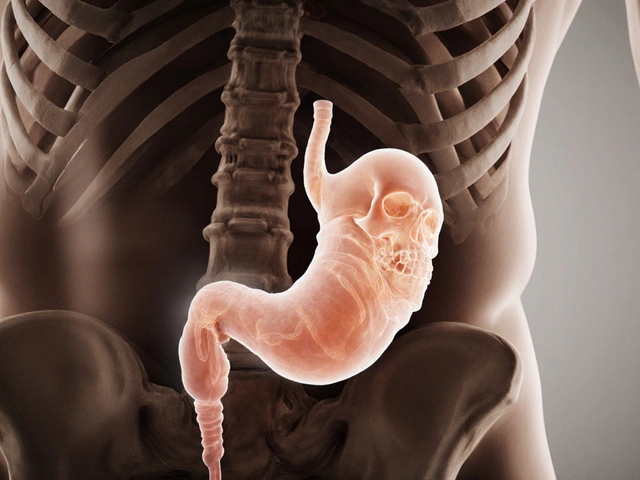Open-Heart Surgery Recovery: Your Step‑by‑Step Guide
Finishing an open‑heart operation is a big relief, but the real work starts once you leave the operating room. Your body needs time, support, and clear instructions to mend the chest, the heart and the overall system. Below you’ll find the most useful advice to get through each phase without guesswork.
First Two Weeks: Managing Pain and Mobility
When the monitors finally turn off, you’ll still feel a sore chest and some tightness. Follow the doctor’s pain‑medicine schedule – don’t skip doses, and call the team if the pain feels worse than expected. Pain that’s under control makes it easier to breathe deeply, which protects the lungs from infection.
Breathing exercises are a must. Use an incentive spirometer or simply take five slow, deep breaths every hour while you’re awake. This keeps the lungs expanded and clears out mucus. Gentle coughing after each breath helps too, even if it feels uncomfortable at first.
Getting out of bed is the next hurdle. Aim for short walks around the ward a few times a day. Even a three‑minute stroll reduces the risk of blood clots and boosts circulation. Use the handrail, wear the compression stockings the nurse gave you, and let the staff know if you feel dizzy.
Chest tubes are usually removed within the first 24‑48 hours. Once they’re out, you’ll notice a sudden change in how your chest feels. Keep the incision clean, change dressings as directed, and watch for redness, swelling or pus – those are signs of infection you should report right away.
Weeks 3‑6: Building Strength and Returning to Normal
Physical therapy kicks in during the third week. A therapist will teach you gentle arm lifts, shoulder circles and light leg exercises. These movements protect the sternum while slowly rebuilding muscle strength. Stick to the prescribed routine – doing too much too soon can reopen the wound.
Nutrition plays a silent but powerful role. Aim for high‑protein foods like lentils, eggs, lean meat or paneer to help tissue repair. Include fruits and vegetables rich in vitamin C and antioxidants; they cut down inflammation. Stay hydrated – at least eight glasses of water a day – to keep blood thin and kidneys happy.
Watch for warning signs: fever above 100.4°F, increasing chest pain, shortness of breath at rest, or swelling in the legs. If any of these appear, call your cardiologist immediately. Early intervention prevents complications that could set you back weeks.
Most people can return to a desk job after four to six weeks, provided they avoid heavy lifting and long periods of sitting without moving. Schedule short walks every hour, stretch your shoulders, and keep the work area ergonomically friendly.
Long‑term heart health means staying active beyond the recovery window. After clearance from your doctor, aim for 150 minutes of moderate cardio each week – brisk walking, cycling or swimming. Keep your follow‑up appointments, take prescribed medications exactly as directed, and track blood pressure regularly.
Recovery feels like a marathon, not a sprint. By following these simple steps – managing pain, moving early, eating right and listening to your body – you give your heart the best chance to bounce back strong. You’ve already survived the surgery; now it’s time to thrive in the weeks ahead.

Can You Ever Truly Recover After Open-Heart Surgery? Real Facts and Life After
Find out what real recovery means after open-heart surgery. From physical healing to emotional changes and daily life, here's what you need to know and expect.

Does Metformin Really Aid Weight Loss?
Feb, 12 2025



